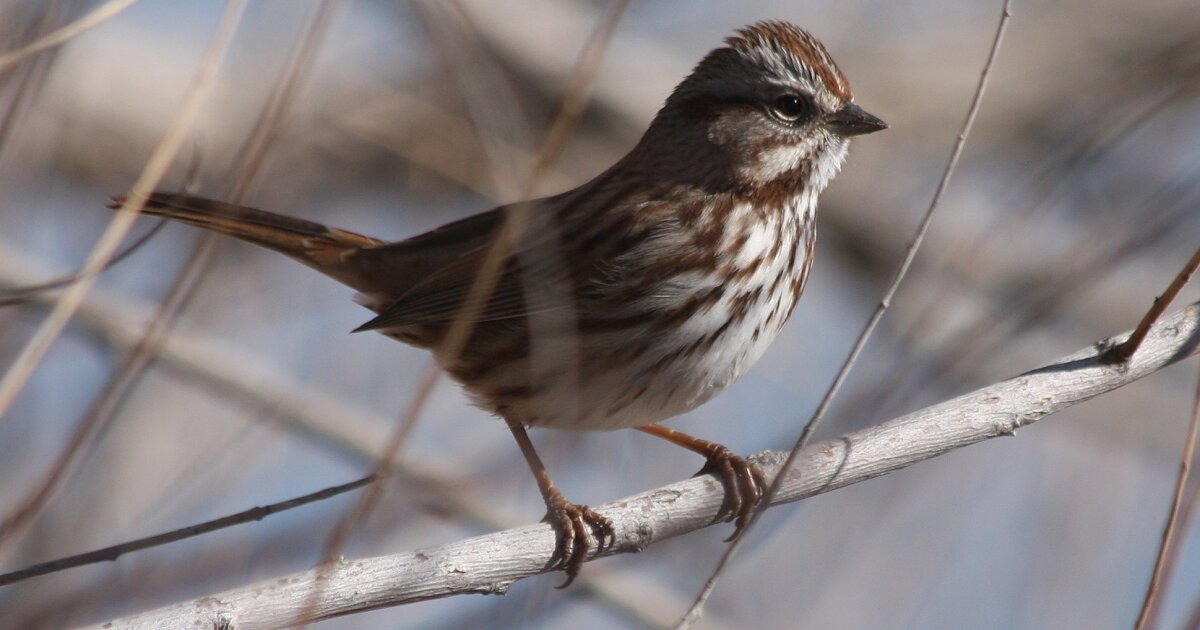There’s audio at the link. Here’s the text…
Temperatures are soaring in the Southwest this week –– with highs reaching close to historical records here in New Mexico.
The heat has researchers worried about birds and their health as climate change diminishes food and water supplies for native and migratory species.
To keep cool, birds have a variety of tools at their disposal.
Some urinate on their own legs, others use their beaks to increase or decrease blood flow –– but the most common is a sort of avian “panting.” That’s where the bird will open its mouth and flutter its neck muscles. But that panting can cause it to lose water and become dehydrated rapidly.
Blair Wolf is a professor at the University of New Mexico’s Biology Department. He said while birds can fight the heat, the climate is now warming much too fast for them to adapt through evolution.
“We’re not talking about fruit flies here –– where you can get 100 generations in a year,” Wolf said. “We’re talking about birds that breed once a year.”
That has Wolf concerned for bird diversity as world-wide temperatures reach the hottest they’ve ever been in recorded history, causing dehydration and loss of food sources.
“The birds most susceptible to heat stress are just going to be gone,” Wolf said.
Those susceptible birds might include small songbirds like goldfinches, which get dehydrated fast. Or birds like the curve-bill thrasher, which only live in the desert and can’t move to cooler places.
Though, Wolf says shade and water are the most crucial aspects of keeping birds in the desert. He recommends helping our avian friends out by simply installing a birdbath or planting shady vegetation as birds struggle to adapt to a hotter world.


